Table of Contents
The UNESCO Sites in Romania have resulted from the recognition of 9 cultural and natural landmarks as UNESCO World Heritage Sites in Romania and 16 locations on the Romania UNESCO tentative list. These tourist sites in Romania are acknowledged for their unique and valuable cultural, natural, artistic, and historical significance and are preserved for future generations to enjoy.
In addition to these 9 sites in the Romania UNESCO list, there are many other places to travel to Romania that are being considered for UNESCO recognition. These sites, listed on the tentative list, showcase the rich cultural heritage of the country and are waiting for approval to join the prestigious and famous World Heritage Sites list.
To help visitors discover these remarkable Romanian tourist attractions, we have put together an interactive map of the UNESCO sites in Romania.
Romania UNESCO Map
Click markers to show information and photo.
World Heritage Sites in Romania
UNESCO World Heritage Sites in Romania
There is 9 UNESCO World Heritage Site in Romania. All of these three sites are listed under the Cultural category.
- Churches of Moldavia
- Dacian Fortresses of the Orastie Mountains
- Historic Centre of Sighişoara
- Monastery of Horezu
- Roșia Montană Mining Landscape
- Villages with Fortified Churches in Transylvania
- Wooden Churches of Maramureş
- Ancient and Primeval Beech Forests of the Carpathians and Other Regions of Europe
- Danube Delta
UNESCO World Heritage Sites in Romania are protected locations for their cultural and natural importance.
Churches of Moldavia
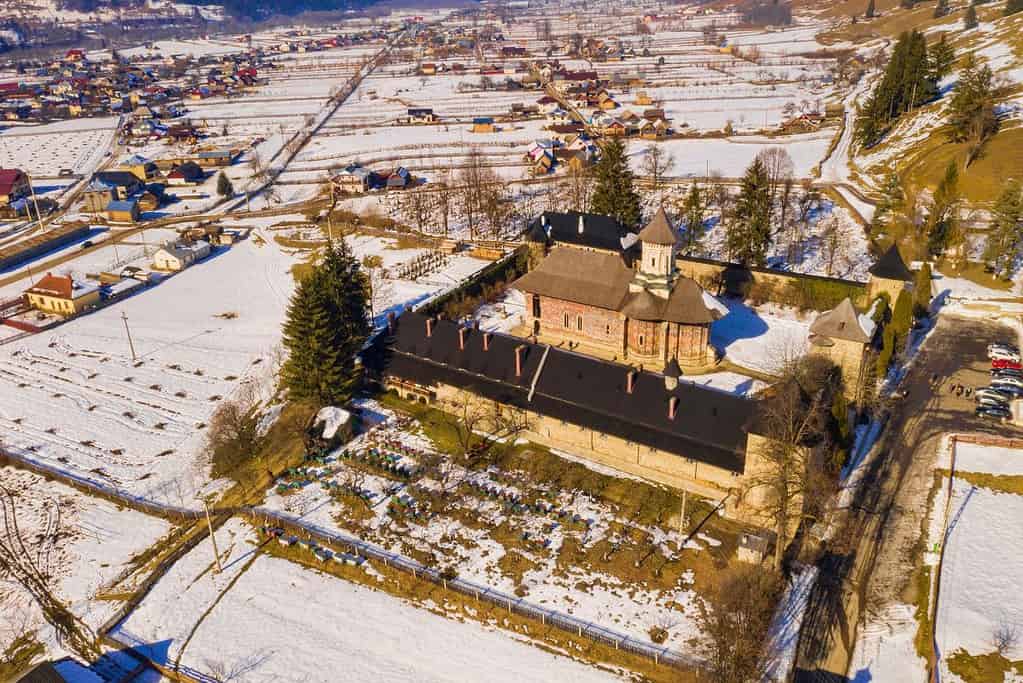
The Churches of Moldavia is a UNESCO World Heritage Site in northeastern Romania. These remarkable churches are renowned for their exquisite frescoes depicting biblical scenes and religious figures. Dating back to the 15th and 16th centuries, the churches showcase the unique architectural style of the Moldavian region, characterized by their tall, narrow shapes and ornate decorative elements. Each church within this ensemble, such as the Voroneț Monastery and the Humor Monastery, possesses distinct artistic and cultural significance, making the Churches of Moldavia an exceptional testament to the country’s rich cultural heritage.
Dacian Fortresses of the Orastie Mountains
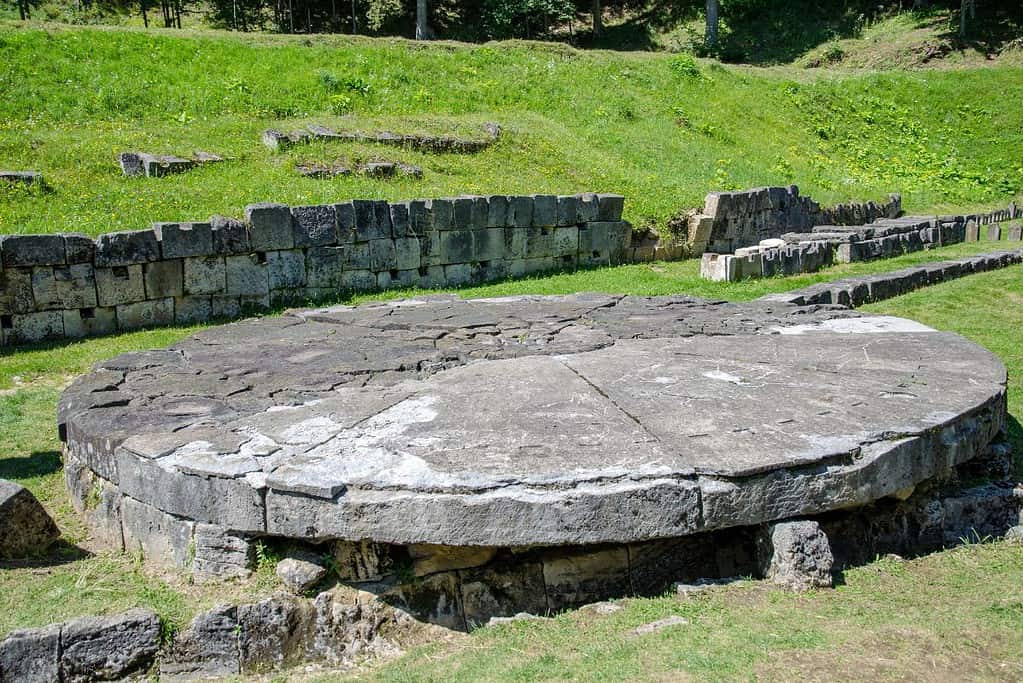
The Dacian Fortresses of the Orastie Mountains is a UNESCO World Heritage Site in Romania. This site comprises six well-preserved fortresses built by the ancient Dacian civilization during the 1st century AD. These fortresses, including Sarmizegetusa Regia, Costesti-Cetatuie, and Blidaru, served as strategic defensive structures and played a significant role in the Dacian Wars against the Roman Empire. The Dacian Fortresses of the Orastie Mountains showcase remarkable engineering skills and provide insights into the rich history and military architecture of the Dacians, making it a fascinating destination for history enthusiasts and archaeologists alike.
Historic Centre of Sighişoara
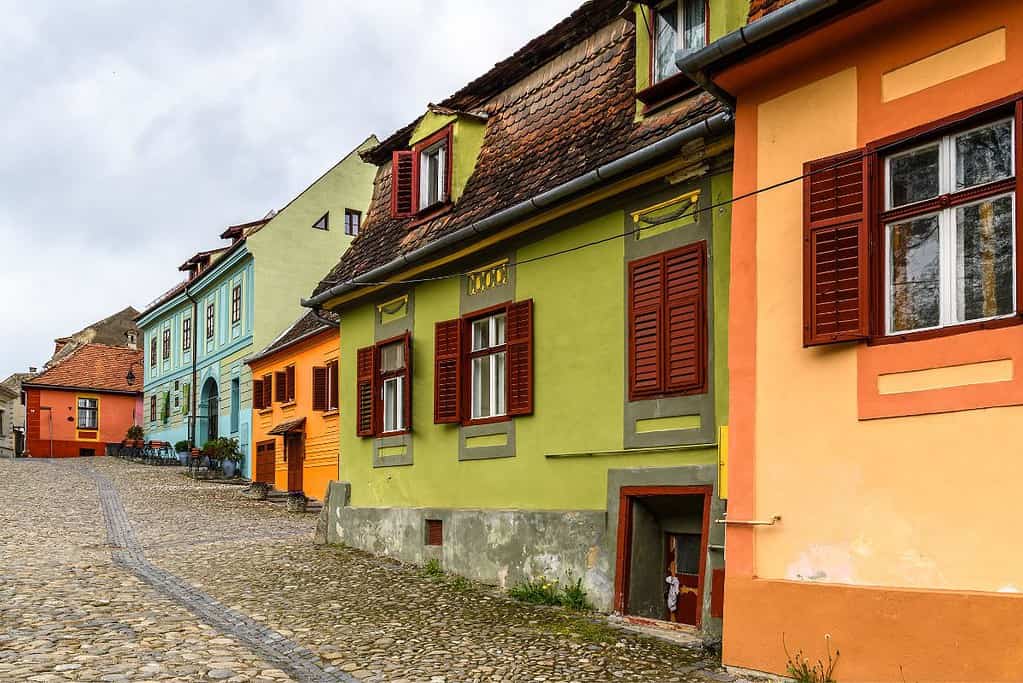
The Historic Centre of Sighişoara is a UNESCO World Heritage Site in Romania. It is a beautifully preserved medieval town from the 12th century. The center is known for its well-preserved fortified walls, watchtowers, and charming cobblestone streets. One of the main highlights is the Clock Tower, a town symbol that offers panoramic views of the surrounding area. The colorful houses and Gothic architecture add to the town’s picturesque charm. Sighişoara is also renowned as the birthplace of Vlad the Impaler, the inspiration behind Bram Stoker’s famous novel Dracula. With its rich history and architectural beauty, the Historic Centre of Sighişoara captivates visitors with its medieval ambiance.
Monastery of Horezu
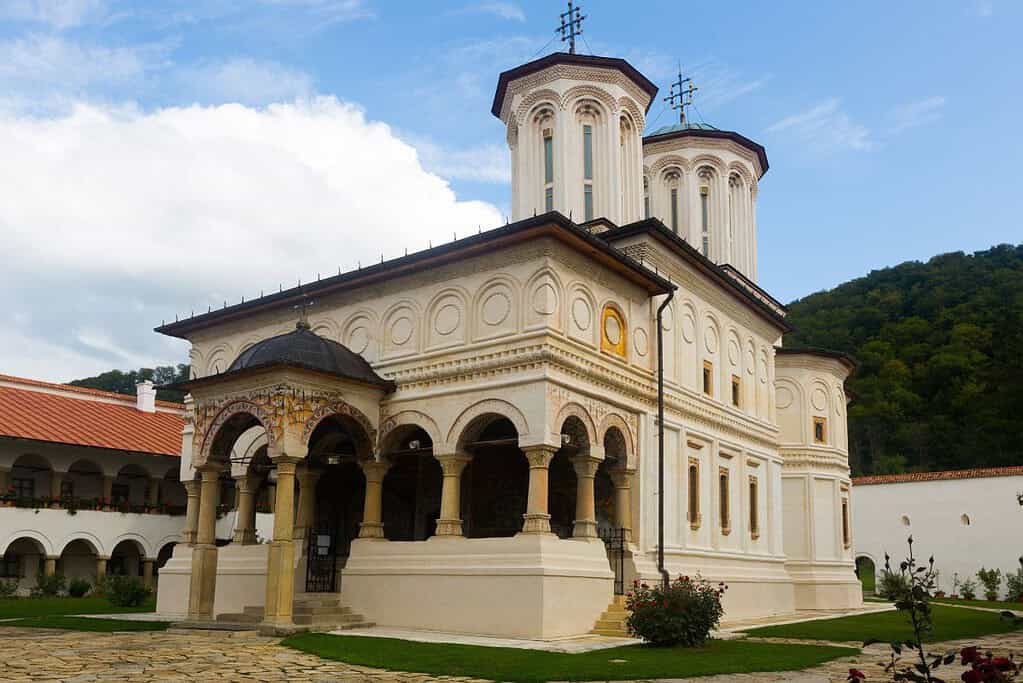
The Monastery of Horezu is a UNESCO World Heritage Site located in Romania. It is a masterpiece of the Brâncovenesc style, blending Byzantine, Renaissance, and local folk elements. The monastery was founded in the 17th century and is renowned for its exquisite frescoes, vibrant colors, and intricate stone and wood carvings. The architecture reflects the artistic vision of Wallachia’s rulers and the skill of the craftsmen of that time. The Monastery of Horezu is a testament to Romania’s cultural and artistic heritage, attracting visitors with its serene atmosphere and stunning architectural beauty.
Roșia Montană Mining Landscape
Roșia Montană Mining Landscape is a UNESCO World Heritage Site located in Romania. This unique site showcases the rich mining heritage and cultural significance of the Roșia Montană region. It features well-preserved mining infrastructure, including tunnels, galleries, and Roman-era mining installations, that witness centuries of mining activities. The landscape also encompasses traditional villages and religious sites, reflecting the intertwined relationship between mining and local communities. Roșia Montană Mining Landscape stands as a testament to the historical, technological, and social aspects of mining in the region, making it a compelling destination for visitors interested in exploring Romania’s industrial heritage.
Villages with Fortified Churches in Transylvania
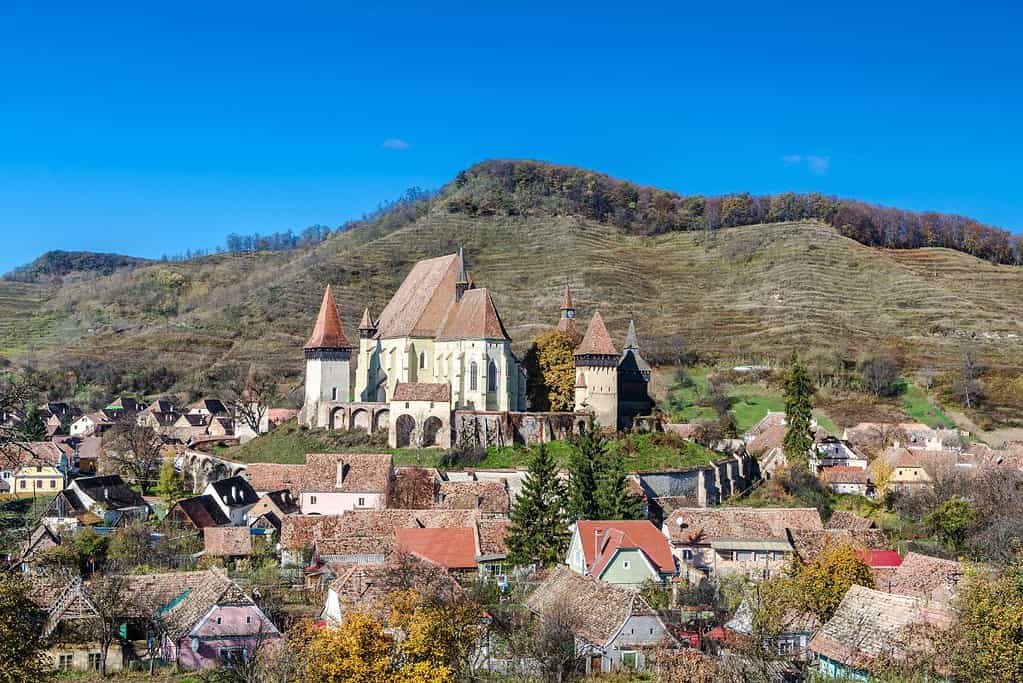
Villages with Fortified Churches in Transylvania is a UNESCO World Heritage Site located in the Transylvania region of Romania. This remarkable site showcases a collection of unique villages adorned with fortified churches that date back to the medieval era. These fortified churches served as places of worship and protected the local communities during the conflict. Each village within the site boasts its distinctive architectural style and historical significance, offering visitors a glimpse into the rich cultural heritage and impressive craftsmanship of the Transylvanian Saxons. These well-preserved fortified churches are a testament to the region’s fascinating history and remain cherished landmarks in the picturesque Transylvanian landscape.
Wooden Churches of Maramureş
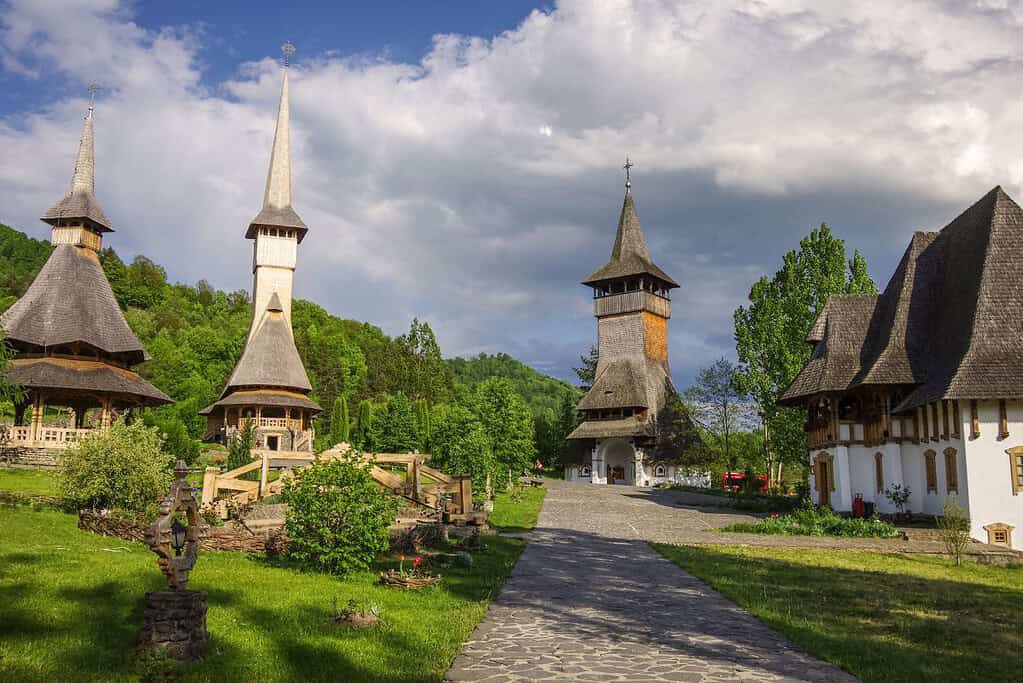
The Wooden Churches of Maramureş, a UNESCO World Heritage Site, are a collection of remarkable religious structures in Romania’s Maramureş region. These exquisite churches are known for their unique architectural style, showcasing the area’s traditional craftsmanship and cultural heritage. Built entirely out of wood, these churches exhibit intricate carvings, beautifully painted frescoes, and tall spires, creating a harmonious blend of religious and artistic expression. Stepping inside, visitors are transported to a world of serenity and spirituality, where the scent of timber mingles with the soft glow of candlelight. The Wooden Churches of Maramureş is a testament to the ingenuity and devotion of the local communities, preserving centuries of history and faith for future generations to admire and cherish.
Ancient and Primeval Beech Forests of the Carpathians and Other Regions of Europe
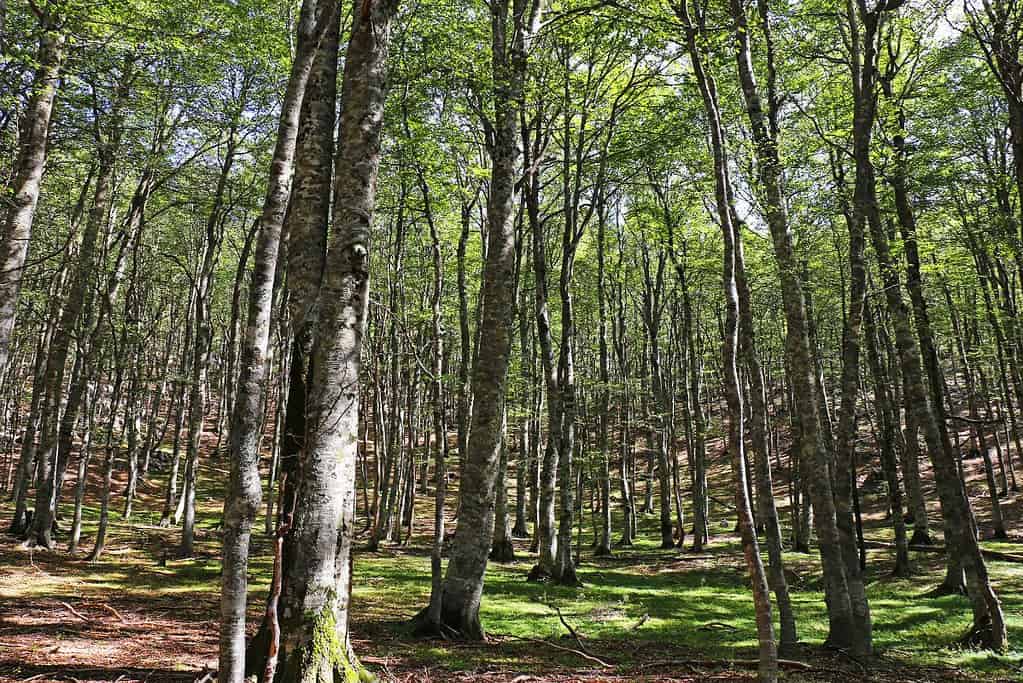
The Ancient and Primeval Beech Forests of the Carpathians and Other Regions of Europe is a UNESCO World Heritage Site in Romania. This site encompasses a network of pristine beech forests that have remained untouched for centuries. These forests are of great ecological importance, providing a habitat for numerous rare and endangered species. The site showcases the remarkable biodiversity of the Carpathian Mountains and other regions of Europe, with its towering beech trees, diverse flora, and rich fauna. It serves as a living testament to the natural heritage of Romania and the broader European continent, offering a glimpse into ancient ecosystems that have survived the test of time.
Danube Delta
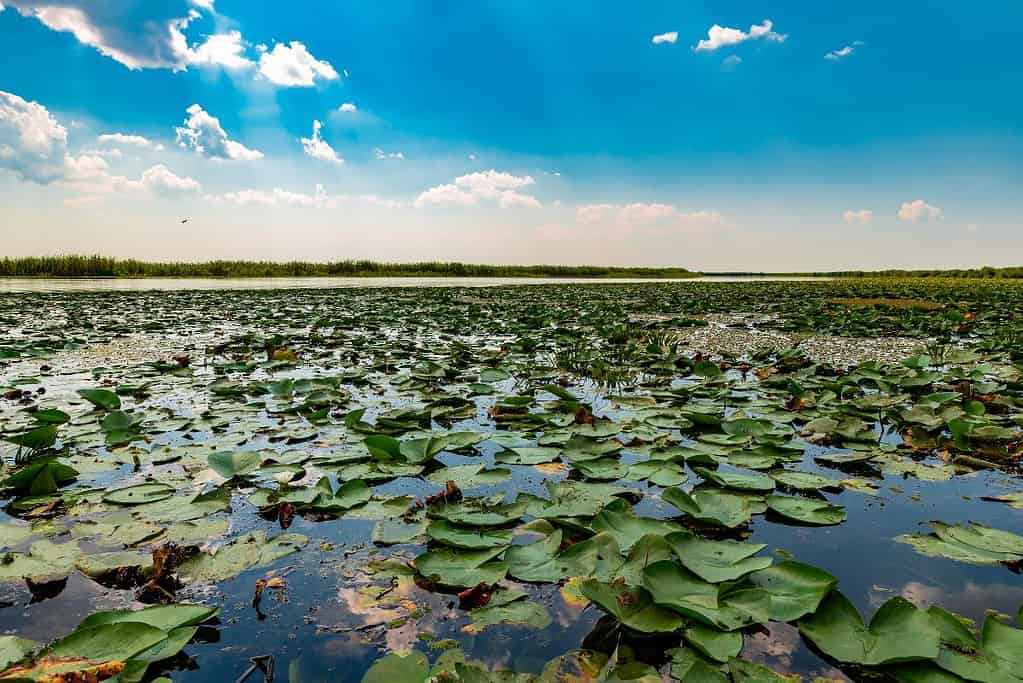
The Danube Delta is a UNESCO World Heritage Site located in Romania. It is a unique and breathtaking natural wonder that spans over 4,000 square kilometers. The Danube River forms this magnificent delta as it flows into the Black Sea, creating a diverse wetlands, lakes, and marshes ecosystem. It is home to a wide variety of plant and animal species, including over 300 species of birds, making it a paradise for birdwatchers and nature enthusiasts. The Danube Delta offers visitors a serene and picturesque environment where they can explore its channels, observe wildlife in their natural habitats, and experience the tranquility of this remarkable natural sanctuary.
Romania UNESCO tentative list
- Le Monastère de Neamt
- Eglises byzantines et post-byzantines de Curtea de Arges
- L’ensemble monumental de Tirgu Jiu
- L’ensemble rupestre de Basarabi
- L’église des Trois Hiérarques de Iassy
- Les « coules » de Petite Valachie
- L’église de Densus
- Le noyau historique de la ville d’Alba Julia
- Massif du Retezat
- Pietrosul Rodnei (sommet de montagne)
- Sinpetru (site paléontologique)
- Codrul secular Slatiora (forêt séculaire)
- The Historic Centre of Sibiu and its Ensemble of Squares
- The old villages of Hollókő and Rimetea and their surroundings
- Frontiers of the Roman Empire – The Danube Limes
- Frontiers of the Roman Empire – Dacia
Tours in Romania
Our choices of tours in Romania are divided into thematic features such as Bucharest, Bran Castle, and Sighisoara Experience.
